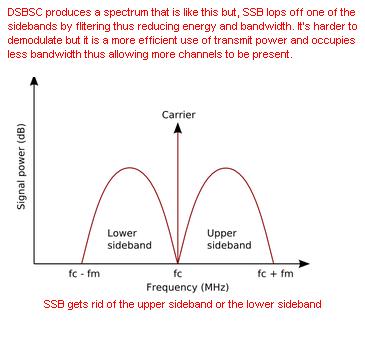SSB is not how you describe but first regular AM as broadcast by the radio stations. This you appear to correctly describe except for the demodulation which you omit.
In AM the amplitude is modulated but not by so much that the carrier amplitude becomes zero at any point. This is regular AM and for instance a \$1V_{peak}\$ carrier might reach (due to the effects of modulation) peaks of 1.8V and troughs of 0.2V: -

A simple diode detector will demodulate this so this method is suitable for public broadcast radio stations because the radio receiver is simplified by using the diode detector.
Suppressed carrier AM is like regular broadcast AM but where the modulating signal pushes the carrier beyond the limits of broadcast AM. The result of this is that the carrier phase becomes reversed every half cycle of the modulating signal. A simple diode detector no longer produces any decent recovery of the audio signal. Here is a picture of what happens when AM is over-modulated (heading towards a suppressed carrier scenario) and you try and use a simple diode detector: -

Why is it called suppressed carrier - the carrier inverts every half cycle of the modualting wave and if you used a spectrum analyser there is no trace of the carrier despite the resultant modulated carrier being centred at the carrier frequency: -

Recovery of the modulating signal (i.e. the original audio signal) is much trickier and that is why this technique is not used in broadcast transmitters in order to keep receiver cost and/or complexity low.
SSB usually is a further modification to suppressed carrier where one of the sidebands is either totally or partially suppressed in order to create a smaller bandwidth in what is being transmitted - more power can be focussed into the single remaining sideband and with a more complex receiver it can be adequately received. To understand what SSB looks like you have to look at the frequency spectrum of DSBSC (Double sideband suppressed carrier) and imagine it is lopped off on one side: -





